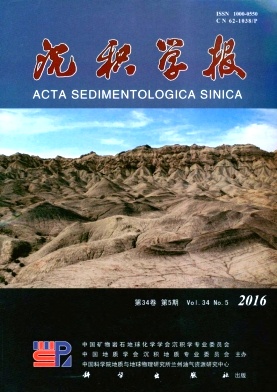Grain Size and Shape Analysis of Beach Sediment using Dynamic Image Analysis and Comparison with Sieving Method
doi: 10.14027/j.cnki.cjxb.2016.05.007
- Received Date: 2015-10-21
- Rev Recd Date: 2016-01-29
- Publish Date: 2016-10-10
-
Key words:
- dynamic image analysis /
- Camsizer XT /
- beach sediment /
- grain-size parameters /
- sieving analysis
Abstract: The sieving analysis is a classic and common method used to measure the particle sizes of beach sediments. With the development of scientific technology, grading analysis by dynamic digital imaging has been widely popularized. We analyzed the particle size and the shape of 20 sediment samples from 5 beaches of Hainan Island by the methods of dynamic image analysis and sieving analysis, and then compared the testing results of the particle size analyzing from the two methods. The results of the dynamic image analysis indicate that this technique has good repeatability and high accuracy. By comparing the results obtained from digital dynamic imaging with those from sieving analysis, we can conclude that the results match well:the grading curves intersect, the particle size parameter values are close and their relevance is rather good (R2>0.94). Analyzing the particle shape parameter values from the digital dynamic images, we learn that there are obvious differences between different coastal segments with similar particle sizes. The sphericity and aspect ratio of particles from different parts of the same beach change greatly, while their symmetry and convexity change slightly. The study indicates that the different results obtained from the two methods mainly derived from their different measurement principles and the irregular particle shapes of beach sediments. The digital dynamic imaging method has completely solved the problems caused by particle shape irregularity, so it can nearly replace sieving analysis in measuring particle size, which has a broad application prospect.
| Citation: | LUO Zhang, CAI Bin, CHEN ShenLiang. Grain Size and Shape Analysis of Beach Sediment using Dynamic Image Analysis and Comparison with Sieving Method[J]. Acta Sedimentologica Sinica, 2016, 34(5): 881-891. doi: 10.14027/j.cnki.cjxb.2016.05.007 |






 DownLoad:
DownLoad: